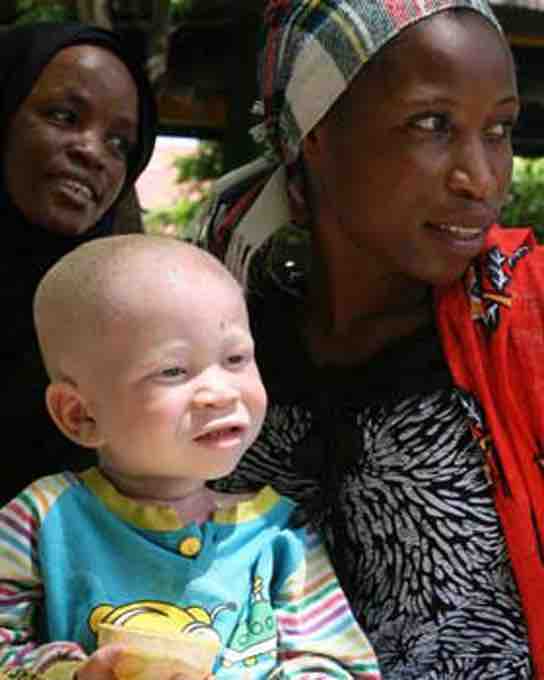Alleles Can Be Dominant or Recessive
Most familiar animals and some plants have paired chromosomes and are described as diploid. They have two versions of each chromosome: one contributed by the female parent in her ovum and one by the male parent in his sperm. These are joined at fertilization. The ovum and sperm cells (the gametes) have only one copy of each chromosome and are described as haploid.
Mendel's law of dominance states that in a heterozygote, one trait will conceal the presence of another trait for the same characteristic. Rather than both alleles contributing to a phenotype, the dominant allele will be expressed exclusively. The recessive allele will remain "latent," but will be transmitted to offspring by the same manner in which the dominant allele is transmitted. The recessive trait will only be expressed by offspring that have two copies of this allele; these offspring will breed true when self-crossed.
By definition, the terms dominant and recessive refer to the genotypic interaction of alleles in producing the phenotype of the heterozygote. The key concept is genetic: which of the two alleles present in the heterozygote is expressed, such that the organism is phenotypically identical to one of the two homozygotes. It is sometimes convenient to talk about the trait corresponding to the dominant allele as the dominant trait and the trait corresponding to the hidden allele as the recessive trait. However, this can easily lead to confusion in understanding the concept as phenotypic. For example, to say that "green peas" dominate "yellow peas" confuses inherited genotypes and expressed phenotypes. This will subsequently confuse discussion of the molecular basis of the phenotypic difference. Dominance is not inherent. One allele can be dominant to a second allele, recessive to a third allele, and codominant to a fourth. If a genetic trait is recessive, a person needs to inherit two copies of the gene for the trait to be expressed. Thus, both parents have to be carriers of a recessive trait in order for a child to express that trait .

Recessive traits are only visible if an individual inherits two copies of the recessive allele
The child in the photo expresses albinism, a recessive trait.
Since Mendel's experiments with pea plants, other researchers have found that the law of dominance does not always hold true. Instead, several different patterns of inheritance have been found to exist.